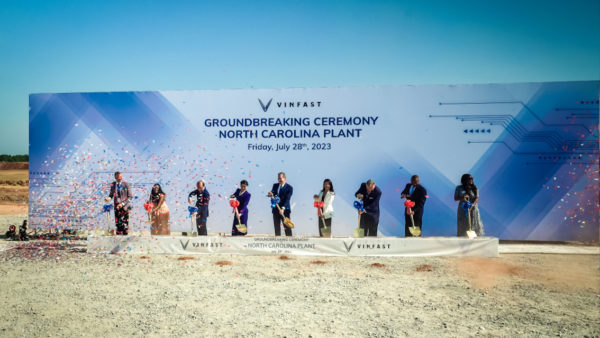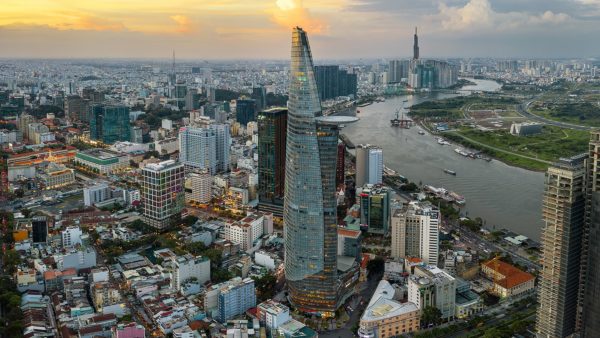A five-year legal battle between US engineer URS and one of its employees over how the company was carrying out a contract to turn nuclear waste into glass rods has concluded with a $4.1m payout to the whistleblower.
Walter Tamosaitis had overseen a sludge mixing project that was part of a $13bn vitrification and storage project at the Hanford Waste Treatment Plant in Washington State.
He refused to sign off on the work because he was unhappy with the results that has been obtained, and in 2011, he filed a federal whistleblower complaint under the Energy Reorganisation Act (ERA), claiming that URS had responded to his actions by moving him to a windowless basement away from the site. He was made redundant by URS in 2013.
This settlement sends a message to whistleblowers everywhere that integrity and truth are worth fighting for, and that you can win if you don’t give up– Attorney Jack Sheridan
Tamosaitis then began a legal battle for compensation which, after being dismissed and reinstated, was to have moved to a jury trial.
This has now been avoided by the out-of-court settlement, which is made without admission of liability by URS, which was acquired by Aecom last year.
"We are very pleased that Walter can get on with his life after five years of litigation, and that he has been vindicated," his attorney, Jack Sheridan, stated.
"This settlement sends a message to whistleblowers everywhere that integrity and truth are worth fighting for, and that you can win if you don’t give up."
The Hanford site occupies 1,518 square kilometres in the south-west of Washington State. It was established in 1943 as part of the Manhattan Project. It was home to the first full-scale plutonium production reactor in the world, and manufactured the fuel used in bomb dropped on Nagasaki.
It has since gained the reputation of being the most polluted site in the US, and the Federal Government is paying $2bn a year to maintain it. About two-thirds of America’s most radioactive waste is stored there, and on 15 February last year, Governor Jay Inslee announced that one of its storage tanks was leaking liquids on average of 150 to 300 gallons a year.
It also contains a commercial nuclear power plant.
Photograph: The Hanford Site was created to contain the nuclear waste from the Manhattan Project (Department of Energy)
Comments
Comments are closed.











The long term cost and not the initial cost of any new nuclear power station needs to be accurately
analysed before any viability study can be have any validity at all! Too many have rushed in thinking of it as a quick fix when its only a long term night mare!